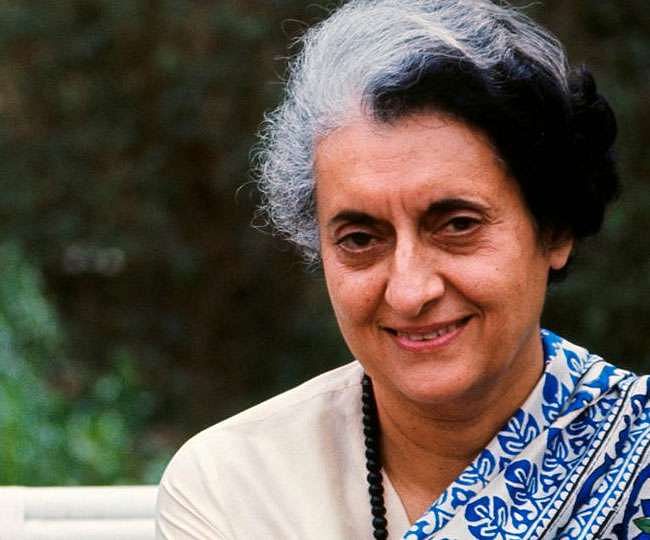The first day of crime reporting had become an unforgettable experience for all times to come.
It was indeed a case of baptism by fire.
While working for National Herald during the early part of 1980, I was informed by my Chief Reporter, D.K. Issar, on the evening of 13 April that I shall be covering the crime beat from the following day onwards. The lady who was on the beat was summarily sacked, when she filed a story bypassing the boss, on the death of a police officer’s wife, who met her violent end after falling down from the Curzon Road apartments, where she had accompanied a Congress MP.
Little did I know what would be in store for me as I reached the office on the morning of 14 April, which happened to be the birth anniversary of Dr B.R. Ambedkar. I was on the staircase of the Herald House on Bahadur Shah Zafar Marg when Ravi Bhatia, who used to cover crime for the Times of India, where he was later my colleague, shouted from outside, that there had been an attempt on the life of Prime Minister Indira Gandhi. He was rushing to book the staff car and I suddenly noticed Issar also coming into the office premises. He had heard the news and asked me to go to Parliament Street police station immediately. I did not know what to do as I stood their nonplussed. Issar told me that he would also come to the police station and asked me to wait for him downstairs. Both of us left for the spot on Issar’s scooter.
I was extremely nervous and when we reached the Parliament Street thana, media persons from both the national and international press were already there. The Chief left me outside and promised to return in a while. I spoke to a few other reporters who said that some guy from Baroda had flung a knife towards the Prime Minister but was overpowered by plainclothesmen. The reporters waited for the DCP, Gurcharan Singh, to brief them but there was no sign of him. I decided to explore the police station premises in the meanwhile and went towards the rear side where a petrol pump for police vehicles was located. Finding a door slightly ajar, I decided to peep inside. To my surprise, there was a man with long hair, dressed in a fawn T-shirt or shirt with dark trousers seated next to a table and was being quizzed by two sub-inspectors. There was a spring actuated knife on the table. I was able to notice the name tag on one of the sub inspectors before the cops shooed me away from there.
Issar returned in a short while and I told him what had happened. He smiled and said that he would contact me shortly. Within 20 minutes, he was back and asked me to meet him at 6 p.m. at the UNI taxi stand. The only clue till then was that a suspect named Ram Bulchand Lalwani had thrown a knife towards the Prime Minister, and was in police custody. In the evening, I was at the appointed place where Issar had already reached and was talking to the sub-inspector, who was with the suspect earlier in the day at the police station. The policeman was Issar’s contact, and he provided us with the entire sequence of events and everything he knew about Lalwani since he had interrogated him. Before we reached the office, we had so much information which nobody else would have been able to get. Rakesh Joshi, Prakash Patra and Amit Mittal, my other colleagues in the National Herald, all pooled in to produce the highly informative piece on the assassination attempt on the Prime Minister. We were all very proud since we had the most exhaustive coverage and it was all thanks to the Chief.
The first day of crime reporting had become an unforgettable experience for all times to come.
We did multiple follow ups after the police arrested several important functionaries including the deputy mayor of Baroda. Subsequently there was an attempt on Lalwani at the jail hospital where another inmate tried to stab him. Despite the involvement of several intelligence agencies, it could not be determined what the motive of the suspect was and why he chose to attack Indira Gandhi soon after she declared a national holiday on Dr Ambedkar’s birth anniversary in the precincts of Parliament House. The mystery still remains, though the incident gave me immense confidence to cover several other crime incidents including the actual assassination of Indira Gandhi on 31 October 1984 while I was with the TOI. During my 5-1/2 month tenure in the National Herald, I acquired immense experience as I covered the killing of the then Nirankari chief, Baba Gurbachan Singh on 24 April after he was gunned down along with his security guard, Pratap Singh, as soon as he alighted from his black Mercedes at the Nirankari Bhawan. On 23 June, I also covered the tragic death of Sanjay Gandhi in a plane crash near Willingdon Crescent. It was again a coincidence that after I had joined the Hindu, there was an attempt on the life of Rajiv Gandhi on 2 October 1986 and the suspect identified as Karamjit Singh, who fired from the top of a canopy at Raj Ghat, was overpowered. Rajiv was subsequently killed in Sriperumbudur on 21 May 1991 and I filed several stories for the Hindu on the assassination conspiracy. Between us.

